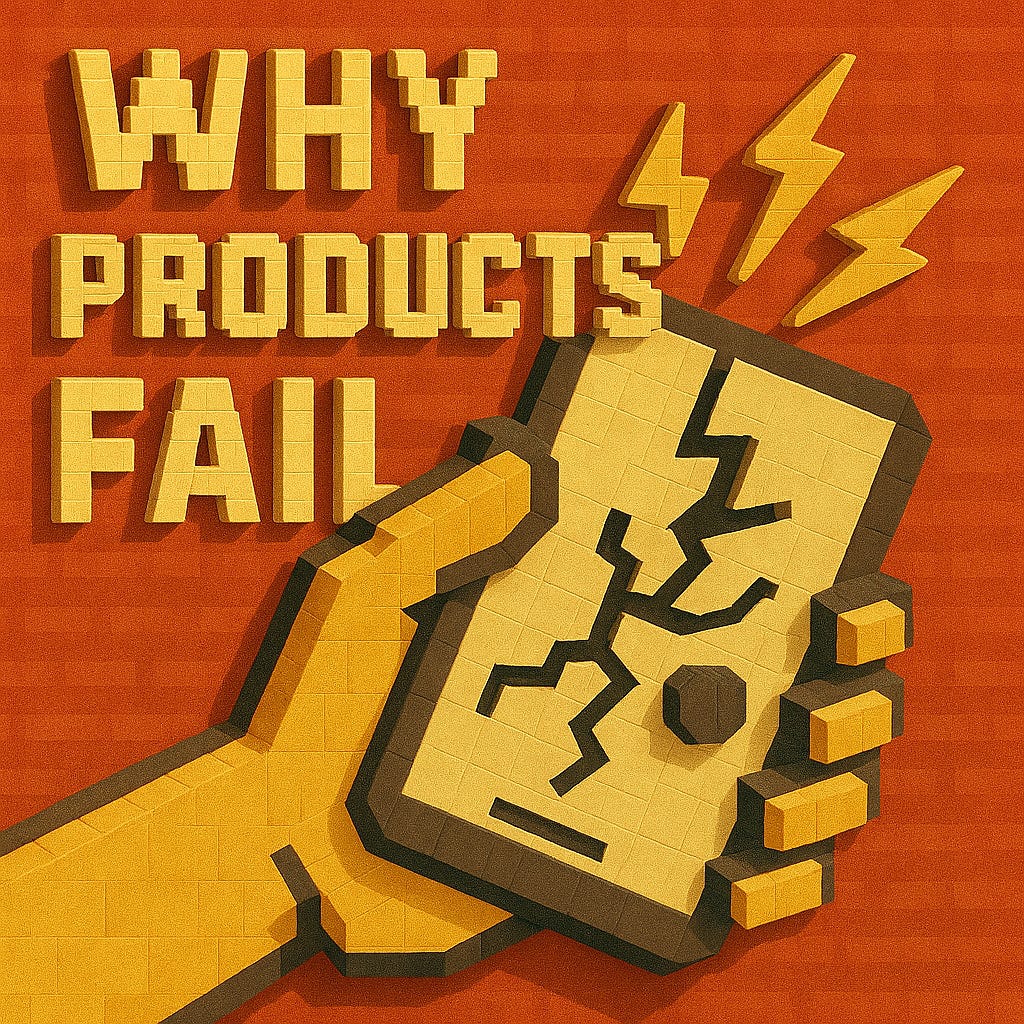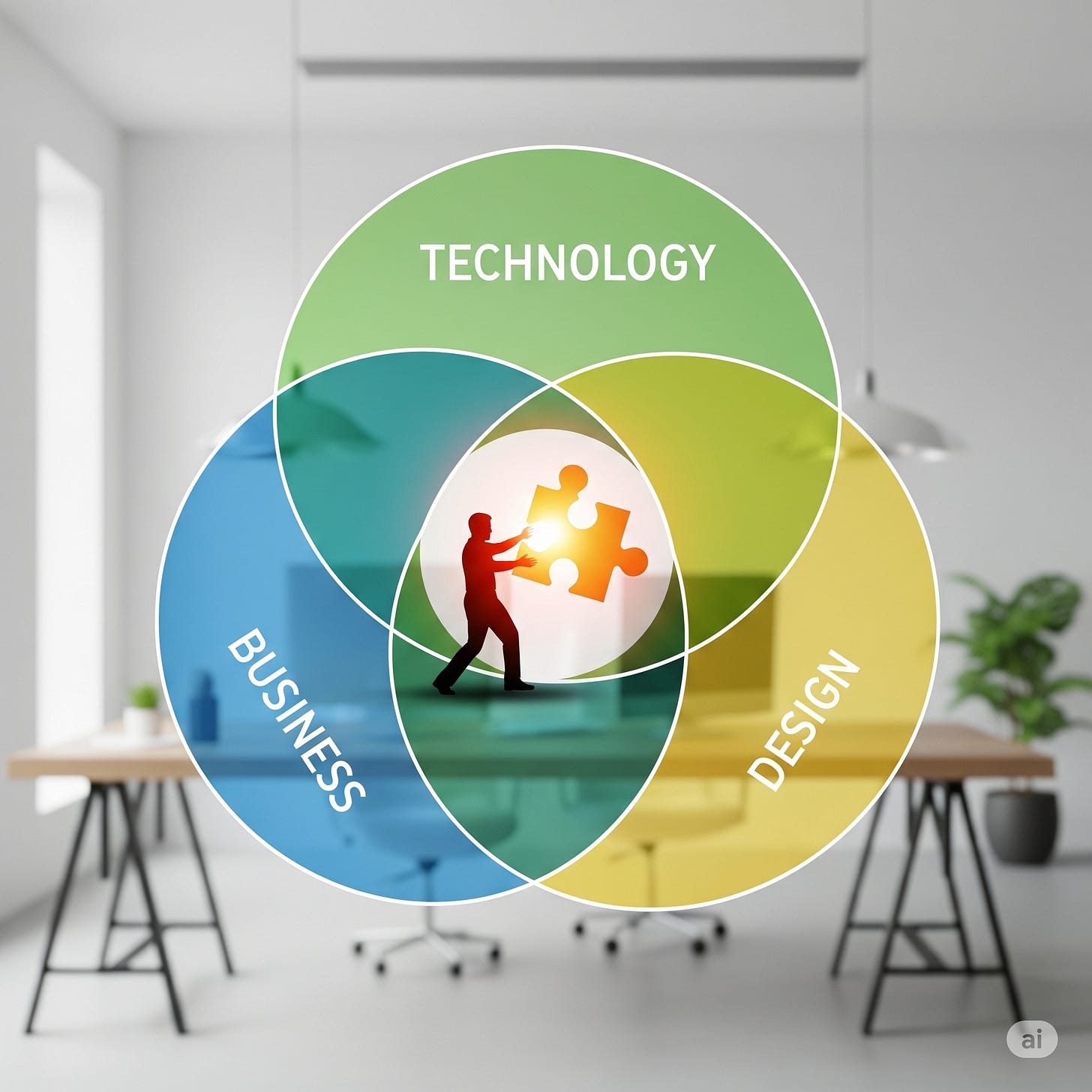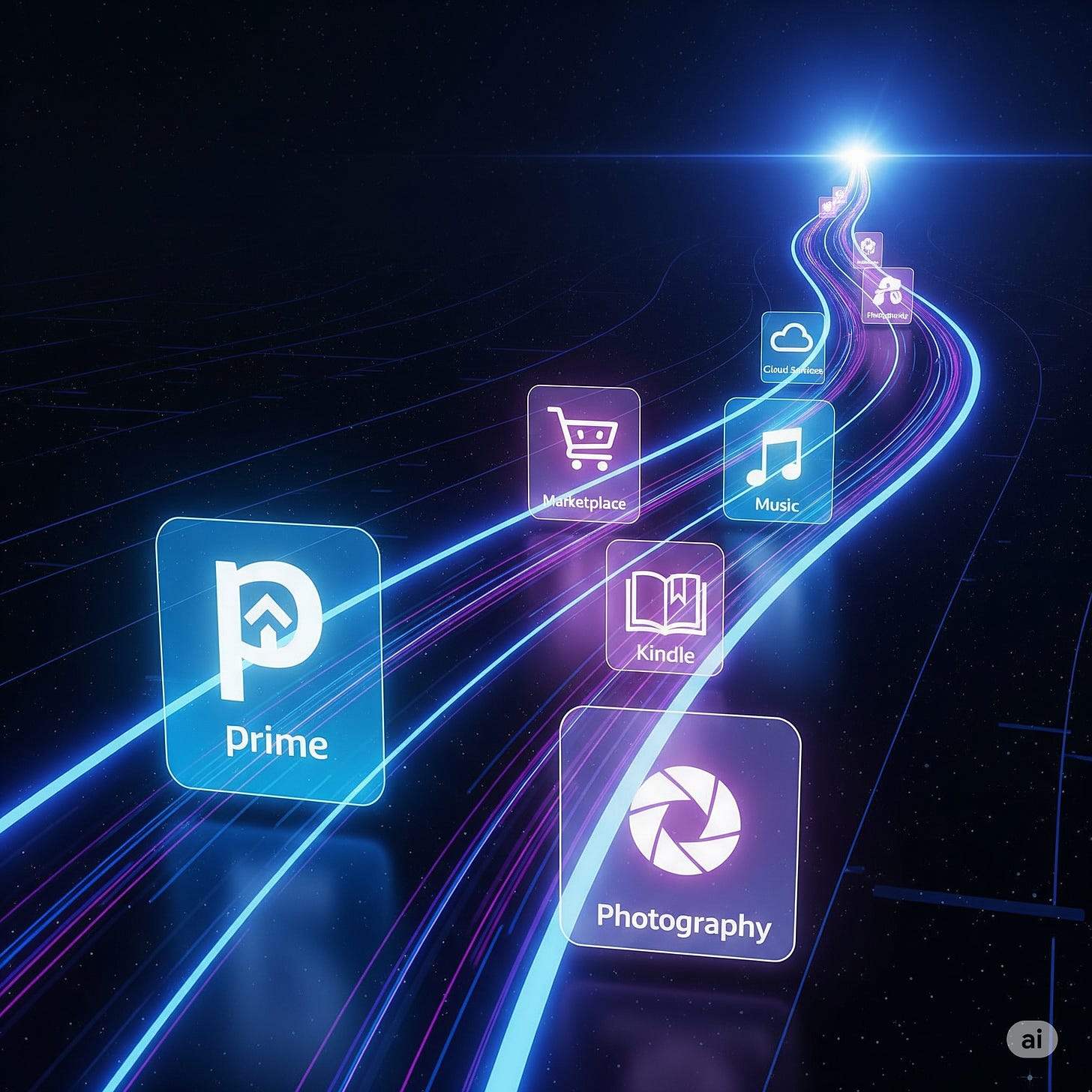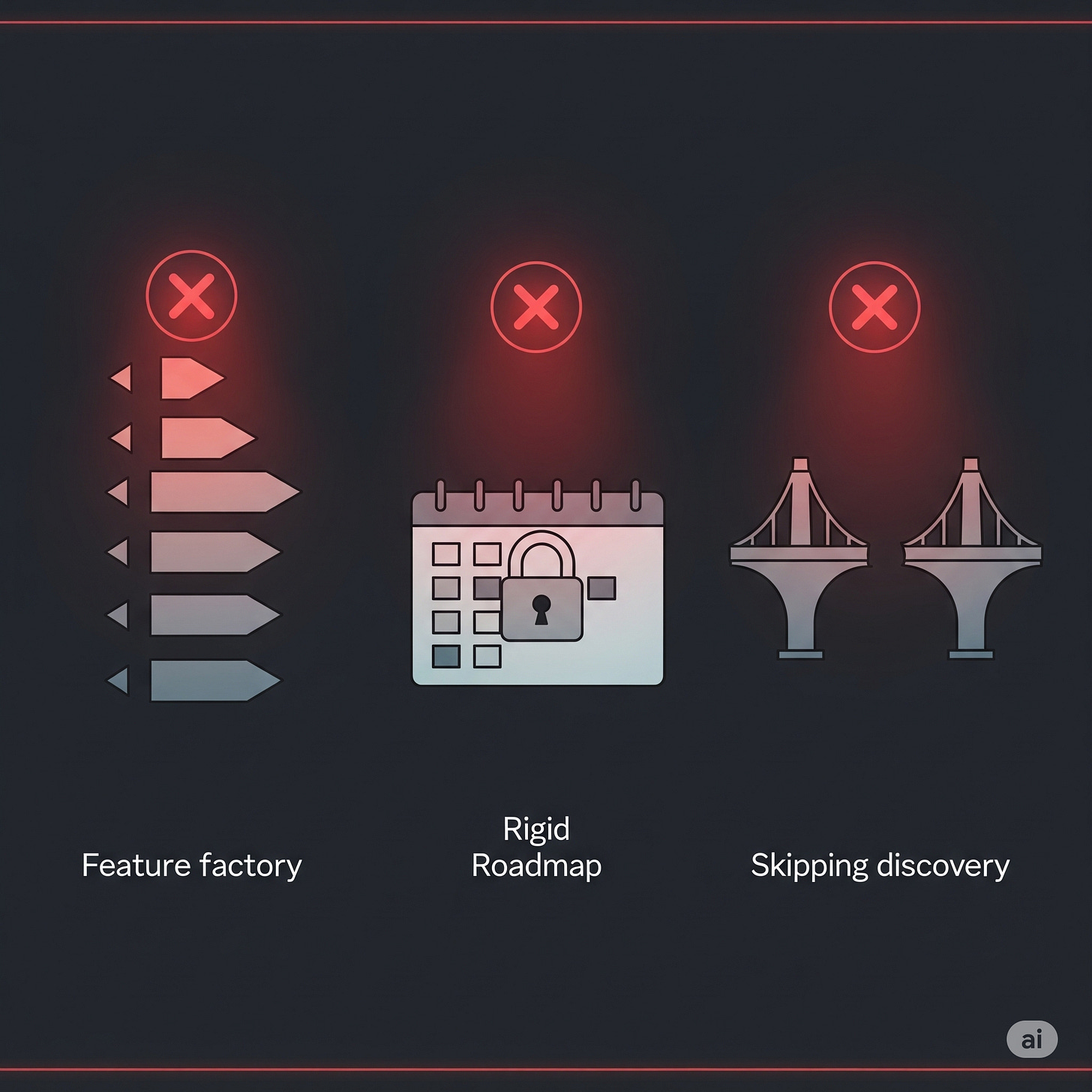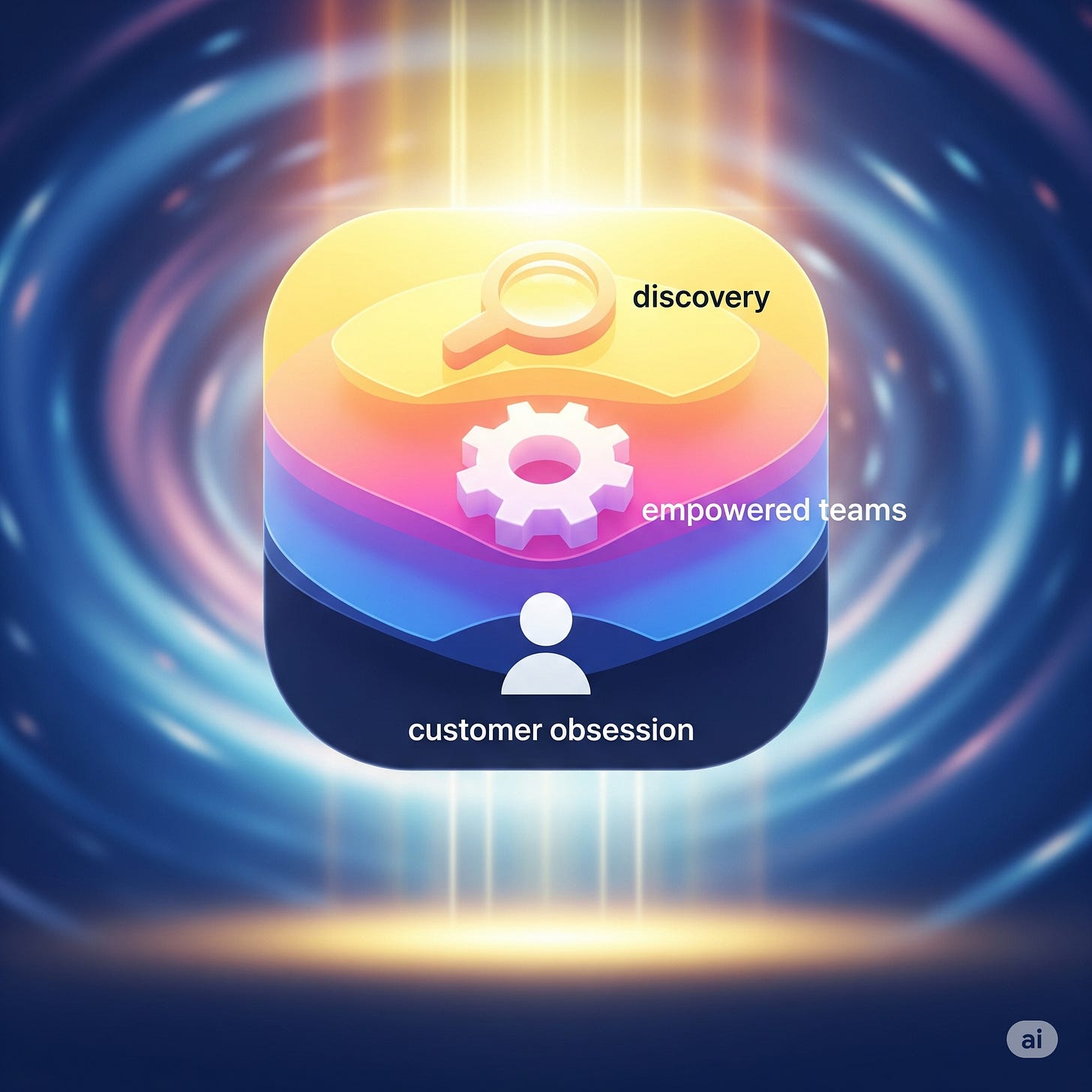INSPIRED: How to Create Tech Products Customers Love
Curated insights from Marty Cagan's famous book
Introduction: Why So Many Products Fail
Marty Cagan begins INSPIRED with a hard truth: most technology products fail. They fail not because the teams lack talent or work ethic, but because they build solutions no one really needs. The heart of the book is a call to flip the script. Instead of rushing to build features, teams should obsess over discovering what truly solves customer problems.
Thanks for reading North Star Noodles! Subscribe for free to receive new posts and support my work.
Cagan argues that successful companies like Google, Netflix, and Apple are not simply lucky or visionary. They follow practices that consistently uncover customer needs, test ideas before investing heavily, and empower their teams to take ownership.
The Role of the Product Manager
Cagan redefines what it means to be a product manager. They are not requirement gatherers or task coordinators. Instead, a PM is a problem solver at the intersection of business, technology, and design.
The PM’s responsibility is threefold:
To discover solutions that customers will love,
To ensure those solutions are feasible with available technology and resources, and
To align the product with the company’s business goals.
He describes product managers as “mini CEOs of the product,” with one crucial difference: they have no direct authorityover designers and engineers. Their power comes from influence, trust, and insight.
Empowered Product Teams
A recurring theme in INSPIRED is the idea of the empowered product team. In too many companies, teams act as “feature factories,” churning out requests from stakeholders or executives. Cagan is blunt here: this model kills innovation.
An empowered team is given a problem to solve, not a list of features to deliver. For example, instead of telling a team to “build a new checkout flow,” leadership might present the problem: “our checkout abandonment rate is too high.” This allows engineers, designers, and PMs to collaborate on multiple possible solutions and test them quickly.
Netflix is a powerful example here. When scaling, they separated critical services like streaming, login, and recommendations into independent teams. Each team was given a clear mission and the autonomy to innovate within it, which allowed the company to grow rapidly without losing product quality.
Discovery Before Delivery
One of the most valuable parts of INSPIRED is its focus on product discovery. Too many teams jump into building the first plausible idea. Cagan emphasizes that discovery is about testing assumptions cheaply and quickly, so that engineering resources are not wasted.
He outlines four kinds of risk every product idea must pass through:
Value Risk: Will customers use it?
Usability Risk: Can customers figure it out?
Feasibility Risk: Can engineers actually build it?
Business Viability Risk: Does it align with the company’s goals and constraints?
Instead of long roadmaps, discovery relies on tools like rapid prototyping, customer interviews, A/B testing, and even fake door experiments (where a feature is advertised before it exists, just to see if users click). Google is famous for running thousands of such experiments continuously.
Vision, Strategy, and Roadmaps
Cagan warns against treating roadmaps as fixed shopping lists of features. The real job of leadership is to set a vision for where the product is heading, and then a strategy that defines the bets along the way.
For example, Amazon’s vision has always been about being “the world’s most customer-centric company.” Their strategies—whether Prime, Kindle, or AWS—are stepping stones toward that vision. What matters is not a rigid plan of features, but a flexible strategy grounded in outcomes.
This mindset prevents teams from being reactive to competitors or loud stakeholders. Instead, they move with purpose and confidence, anchored to a clear long-term vision.
Collaboration Across Disciplines
Cagan stresses that great products emerge when product managers, designers, and engineers work closely together from the start. Too often, engineers are brought in late, treated as code factories. In empowered teams, engineers are co-creators.
For instance, in discovery sessions, an engineer might suggest a simpler or more scalable solution the PM hadn’t considered. Designers bring customer empathy and usability insights, ensuring the solution feels effortless to use. The PM balances these perspectives with business goals.
This collaboration avoids costly rework and produces solutions that are innovative, practical, and user-friendly.
Leadership and Culture of Innovation
The final part of INSPIRED zooms out to the organizational level. Innovation does not happen by accident. It requires leadership that empowers, rather than dictates. Leaders must trust teams, create psychological safety, and focus on enabling outcomes instead of micromanaging features.
Cagan points to companies like Apple and Google, where innovation thrives because experimentation is not only allowed but expected. Teams are encouraged to test bold ideas without fear of punishment if they fail. This culture of learning, combined with a relentless customer focus, is what produces breakthrough products.
Common Pitfalls
Cagan is frank about the traps product organizations fall into:
Becoming a feature factory, building endless stakeholder requests.
Obsessing over roadmaps rather than outcomes.
Ignoring discovery, jumping straight into delivery.
Letting politics and internal voices override the customer’s needs.
Avoiding these pitfalls requires discipline and a constant return to first principles: real customer problems, rapid experimentation, and empowered teams.
Conclusion: Building Products Customers Love
The central message of INSPIRED is clear. Building tech products that customers love is not magic. It is the result of consistent practices, empowered teams, and a culture that values discovery, learning, and customer obsession.
When product managers act as problem solvers, when engineers and designers collaborate from the start, and when leadership sets vision rather than micromanaging, companies create products that stand out in crowded markets.
As Steve Jobs once put it,
“Design is not just what it looks like and feels like. Design is how it works.”
Marty Cagan’s INSPIRED shows us that the same is true of product management: success is not just about what you ship, but how you discover, validate, and deliver value to real people.



